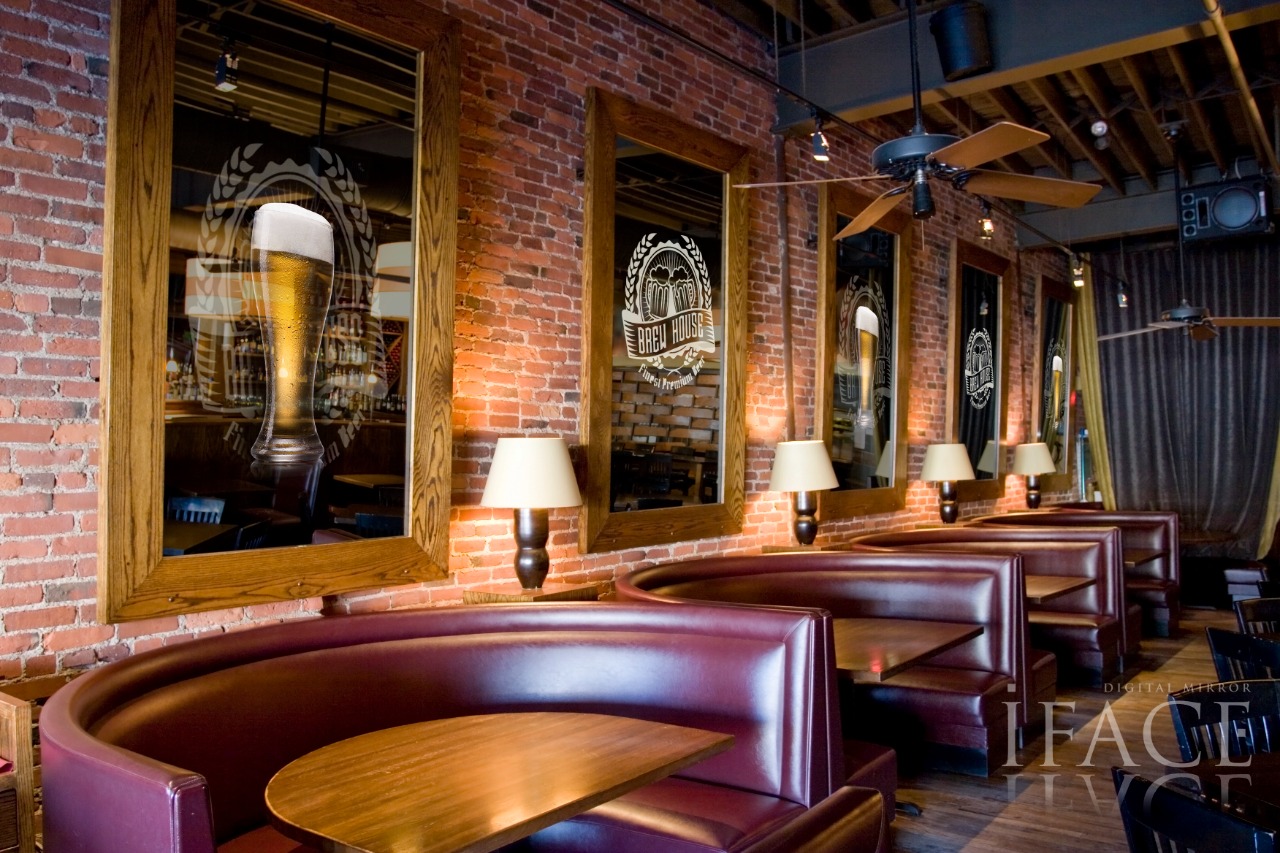2023 luxury brands advertising impact after pandemic from Jarábik Barbara: Luxury marketers may also focus on the heritage and history of their brand, emphasizing its long-standing reputation for luxury and opulence. This can be an effective way to create an aura of luxury, as it suggests that the brand has a long-standing reputation for quality. If your brand was established years ago, make sure to include a history section with interesting facts on your website. Ideally, you should maintain a balance between innovation and tradition in your luxury strategy. An interesting way to do this is by collaborating with artists. A good example is luxury French brand Louis Vuitton, who have worked with Yayoi Kusama, Stephen Sprouse, Takashi Murakami and Jeff Koons.

It needs to look and feel the part: Sure, the price can be hundreds or thousands of dollars, but does it feel and look that way? When you hold a Louis Vuitton purse, drive a BMW, or wear a Rolex, it doesn’t feel like it’s your average product. The attention to detail, materials, and engineering all make these products worth their price point to the correct audience. Imagine trying on a watch. The bracelet jingles, it’s flimsy and looks like something you’d buy at the dollar store. That’s not luxury. The 18k gold and diamonds instantly make this model look expensive and luxurious. You don’t have to question whether it’s a high value product or not. The appearance, weight, materials, and everything used to create it tell you the whole story.
Facebook Ads are one of the most effective forms of online advertising, thanks to the high level of segmentation and targeting that you can do. You could, for example, target ads specifically to married 35 year old males from Paris who like the brands Prada, Gucci, and Versace. You can even go one step further and target people by what college they attend, where they work, what their job title is, what music they listen to, and much much more.
There’s a reason Gucci doesn’t do infomercials for tiger print duffels. That Equinox doesn’t offer a discount for January first’s newly health-obsessed. That anthropomorphic Hamsters break dance in front of Kia Souls instead of Range Rovers. Advertising for luxury brands tends to focus on, well, luxury. The happiness they inspire. The quality. The sheer opulence that becomes a piece of one’s life when he or she buys free-range leave-in conditioner infused with dolphin tears, or an ornate bottle of some top-shelf botanical cordial. Whether you’re storyboarding a TV spot or building out an ad group in Google Ads (the artist formerly known as AdWords), your target audience needs to feel as though your product or service is a physical manifestation of luxury.

While I appreciate the need for stylistic design, luxury brands need to invest in websites that are also intuitive and well desgined from a user experience perspective. Aston Martin and Versace are both great examples of what luxury brands should be doing with their websites. Their websites are visually stunning, while very easy to use, and highly functional. In his book ‘Start With Why’, Simon Sinek explains how great marketing starts by explaining why they exist. Despite this, the majority of brands still market their products by explaining what they do. Take Apple for example. Here’s a paraphrased excerpt of how apple communicate with their customers. Read additional information at https://twitter.com/Barbara_Jarabik.
Digital signage mirrors are another way for luxury brands to advertise efficiently : The entire digital signage mirrors market was valued at USD 780 million in 2021. The world market is expected to grow steady at a CAGR of 12.21% to hit USD 910 million by 2023. Digital signage mirrors can vastly improve individual efficiency by choosing outfits as per weather updates while also offering bus and train schedules (including traffic updates). Digital signage mirrors in smart homes, planes, commercial spaces, hotels, etc. are designed to be connected to users as well as with different devices around. Energy efficiency is one of the major advantages that will drive the adoption of digital signage mirrors.